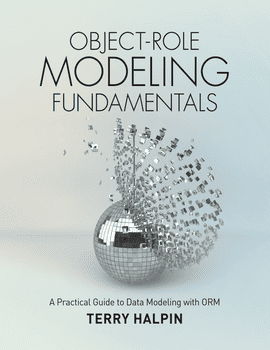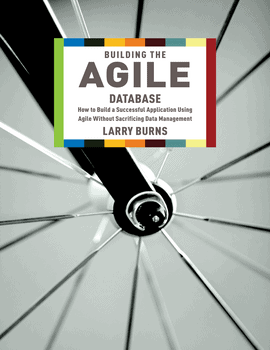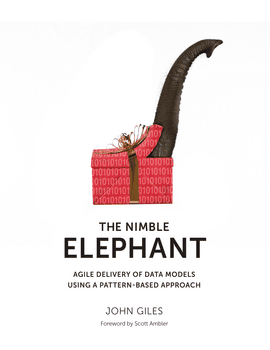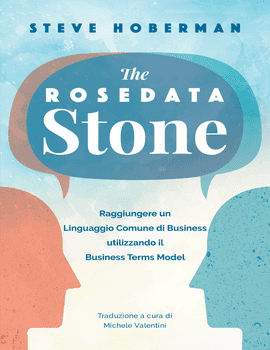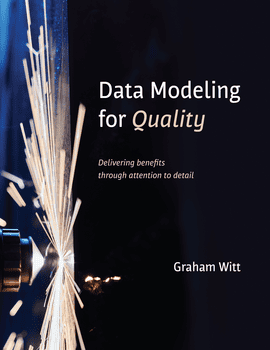Object-Role Modeling Fundamentals
Object-Role Modeling Fundamentals: A Practical Guide to Data Modeling with ORM, by Dr. Terry Halpin
Object-Role Modeling (ORM) is a fact-based approach to data modeling that expresses the information requirements of any business domain simply in terms of objects that play roles in relationships.
Topics
Overview of Object-Role Modeling
Information Modeling
Fact-Based Modeling
The Conceptual Schema Design Procedure
Fact-Based Modeling Tools
NORMA Lab 1
CSDP Steps 1–5
CSDP Steps 1–3
CSDP Step 4
CSDP Step 5
Objectification
NORMA Lab 2
CSDP Step 6
Value Constraints
Set-Comparison Constraints
Subtyping
NORMA Lab 3
CSDP Step 7
Frequency Constraints
Ring Constraints
Value-Comparison Constraints
Other Constraints and Final Checks
NORMA Lab 4
Appendix A: Generating SQL Code
Appendix B: ORM Symbol Glossary
Appendix C: Further Resources
All facts of interest are treated as instances of attribute-free structures known as fact types, where the relationship may be unary (e.g. Person smokes), binary (e.g. Person was born on Date), ternary (e.g. Customer bought Product on Date), or longer. Fact types facilitate natural expression, are easy to populate with examples for validation purposes, and have greater semantic stability than attribute-based structures such as those used in Entity Relationship Modeling (ER) or the Unified Modeling Language (UML).
All relevant facts, constraints and derivation rules are expressed in controlled natural language sentences that are intelligible to users in the business domain being modeled. This allows ORM data models to be validated by business domain experts who are unfamiliar with ORM’s graphical notation. For the data modeler, ORM’s graphical notation covers a much wider range of constraints than can be expressed in industrial ER or UML class diagrams, and thus allows rich visualization of the underlying semantics.
Suitable for both novices and experienced practitioners, this book covers the fundamentals of the ORM approach. Written in easy-to-understand language, it shows how to design an ORM model, illustrating each step with simple examples. Each chapter ends with a practical lab that discusses how to use the freeware NORMA tool to enter ORM models and use it to automatically generate verbalizations of the model and map it to a relational database.
About Terry
Dr Terry Halpin is internationally recognized as the leading authority on ORM. Currently a data modeling consultant and a Professor in Computer Science, he has many years of experience in developing and teaching data modeling technology in both industry and academia. He has authored over 200 technical publications and eight books, and has co-edited nine books on information systems modeling research. He is a an associate editor or reviewer for several academic journals, is a regular columnist for the Business Rules Journal, and is a recipient of the DAMA International Achievement Award for Education and the IFIP Outstanding Service Award.
Faculty may request complimentary digital desk copies
Please complete all fields.
